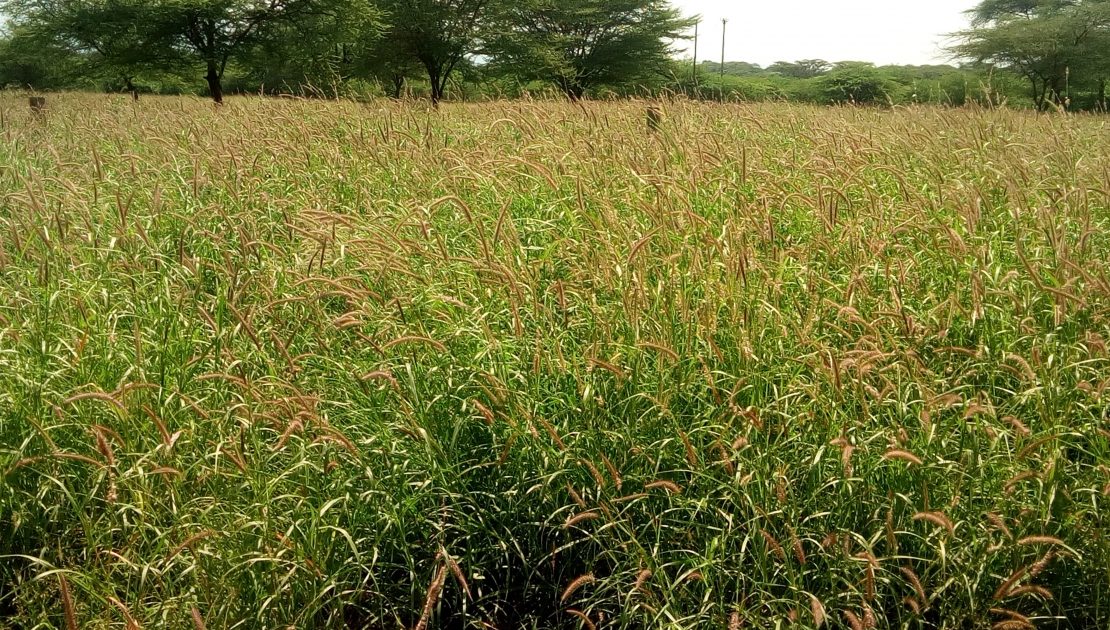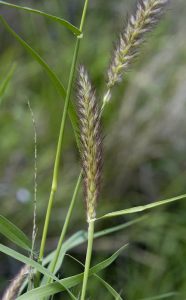 African foxtail grass (Cenchrus ciliaris), also known as buffel grass, is indeed a popular forage option in many tropical regions, including Tanzania. It’s known for its drought tolerance, adaptability to a variety of soil types, and its ability to provide good forage for livestock, particularly in arid and semi-arid areas. African foxtail grass is considered to be highly nutritive and excellent for pasture in hot, dry areas. It is valued for its production of palatable forage and intermittent grazing during dry periods in the tropics, and can provide several benefits for livestock production and sustainable land management.
African foxtail grass (Cenchrus ciliaris), also known as buffel grass, is indeed a popular forage option in many tropical regions, including Tanzania. It’s known for its drought tolerance, adaptability to a variety of soil types, and its ability to provide good forage for livestock, particularly in arid and semi-arid areas. African foxtail grass is considered to be highly nutritive and excellent for pasture in hot, dry areas. It is valued for its production of palatable forage and intermittent grazing during dry periods in the tropics, and can provide several benefits for livestock production and sustainable land management.
African foxtail grass can adapt to a range of soil types, it’s essential to consider the specific soil conditions for optimal growth. Therefore, by introducing African foxtail grass (Cenchrus ciliaris), pastoralists can potentially increase the carrying capacity of their rangelands. The availability of a nutritious forage source allows for higher livestock stocking rates, leading to improved productivity and potentially higher income for pastoralists. The establishment of Cenchrus ciliaris also can help control soil erosion in semi-arid rangelands. Its extensive root system helps bind the soil, reducing the risk of erosion caused by wind and water.
A research study conducted at Sokoine University of Agriculture, assessing the forage growth, forage yield and nutritional characteristics of five ecotypes of African foxtail (Cenchrus ciliaris) grown under the similar environmental condition at Magadu Dairy Farm (MDF), a facility of Sokoine University of Agriculture (SUA) in Morogoro, Tanzania. The ecotypes used in the study were collected from semi-arid areas of three districts namely Kiteto (Ologoraing’ok namelock and Ologoraing’ok twanga ecotypes), Mpwapwa (Nzingangata and Orupilipili ecotypes), and Kilolo (Iramata mtandika ecotype). Each ecotype was planted in a 12 m2 plot with plants interspacing of 0.5 m, 1.5 m space between plots and three replications. Then 30 tussocks were randomly sampled per ecotype and their plant height, tiller number, inflorescence length, leaf length and leaf mid-width were recorded.
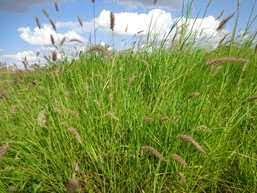 The dry matter yield and Nutritional characteristics were analyzed from the harvested above-ground biomass in two quadrats of one square metre per plot at the age of six weeks from standardization cut. The results indicated significant variation (p-value<0.05) among ecotypes on the studied characteristics. Orupilipili ecotype indicated higher mean values of plant height (93.8 cm), leaf area (25.8 cm2), inflorescence length (10.1 cm) and dry mater (10.35 tDMha-1). Ologoraing’ok namelock had the lowest growth and yield characteristics except mean tiller numbers (197.3). The lowest-yielding ecotype indicated the highest percentage of Crude Protein (21.15), Acid Detergent Fibre (31.35) and ash content (16.91) but with the lowest Neutral Detergent fibre (55.89). Correlations were significant for all pairs of traits assessed. Discriminant tests suggested close relationship between Ologoraing’ok namelock and Ologoraing’ok twanga, Nzingangata andIramata mtandika but each ecotype indicated a significant number (>46%) of unique individuals.
The dry matter yield and Nutritional characteristics were analyzed from the harvested above-ground biomass in two quadrats of one square metre per plot at the age of six weeks from standardization cut. The results indicated significant variation (p-value<0.05) among ecotypes on the studied characteristics. Orupilipili ecotype indicated higher mean values of plant height (93.8 cm), leaf area (25.8 cm2), inflorescence length (10.1 cm) and dry mater (10.35 tDMha-1). Ologoraing’ok namelock had the lowest growth and yield characteristics except mean tiller numbers (197.3). The lowest-yielding ecotype indicated the highest percentage of Crude Protein (21.15), Acid Detergent Fibre (31.35) and ash content (16.91) but with the lowest Neutral Detergent fibre (55.89). Correlations were significant for all pairs of traits assessed. Discriminant tests suggested close relationship between Ologoraing’ok namelock and Ologoraing’ok twanga, Nzingangata andIramata mtandika but each ecotype indicated a significant number (>46%) of unique individuals.
From this study it was noted that morphological variations were expressed among ecotypes when subjected to similar environmental conditions. However, the morphological variation observed among these ecotypes allow for the initiation of breeding programs to improve important characteristics which positively affect dry matter yield. There are possibilities that the observed morphological variations could be phenotypic and less genetic. This study, therefore, recommends further studies on the genetic characterization of the ecotypes. The study also recommends characterization of the ecotypes when subjected to stresses to find out if the ecotypes have variability in their response to stresses such as defoliation, drought and salinity. The results will be useful to farmers and breeders in selecting the best-performing ecotype for a given environmental condition.
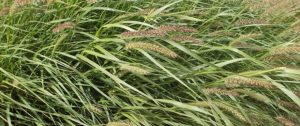
With these regards, specific recommendations may vary based on the exact location, climate, and soil conditions within Tanzania. Effective grazing management is crucial to maintain the health of the African foxtail grass stand and ensure it continues to provide good forage. Local expertise and on-the-ground assessment are valuable for making informed decisions about using African foxtail grass or any other forage species for livestock in Tanzania.
For more information: CLICK HERE
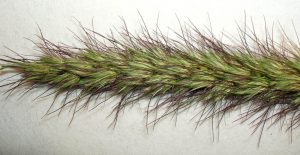 Lutatenekwa, D. L., Mtengeti, E. J., and Msalya, G. M. Forage growth, yield and nutritional characteristics of five African foxtail ecotypes grown at Magadu dairy farm in Morogoro, Tanzania. Plants and Environment https://doi.org/10.22271/2582-3744.2021.dec.107
Lutatenekwa, D. L., Mtengeti, E. J., and Msalya, G. M. Forage growth, yield and nutritional characteristics of five African foxtail ecotypes grown at Magadu dairy farm in Morogoro, Tanzania. Plants and Environment https://doi.org/10.22271/2582-3744.2021.dec.107
The Department of Animal, Aquaculture, and Range Sciences
The College of Agriculture, Sokoine University of Agriculture
Share this page

